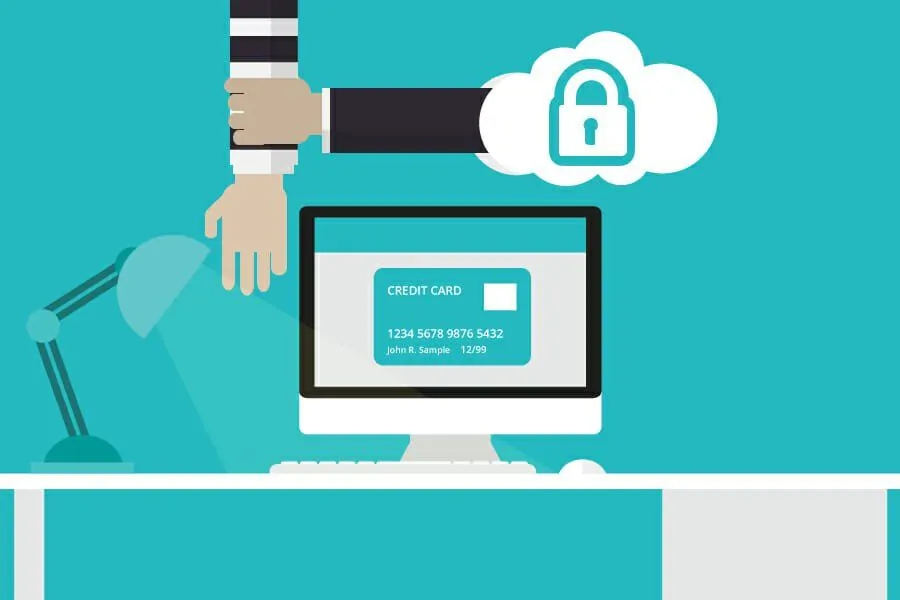The late 2000s and early 2010s saw seemingly everyone create their own blog or website. This is because services like WordPress make creating websites a breeze. There’s no wonder why WordPress is one of the most popular hosting platforms for websites.
However, no program is perfect, especially one as large as WordPress. Minor issues exist here and there, scattered around the service, but the largest issue out of all of them? Security. Many WordPress-hosted websites lack security because users don’t know how to secure their sites. Fortunately, securing your site on WordPress is as simple as creating the website. So…easy.
Table of Contents
5 Security Tips for WordPress
1. Use a VPN
Cybercriminals are opportunists. They scour the Internet in search of an opportunity to ruin someone’s day, to steal their data—all that matters is they find said opportunity and exploit it. Unbeknownst to you, you may be giving them that opportunity.
Unencrypted networks attract all kinds of cybercriminals, and if you’re running your website on one, you’re in trouble. All it takes is just one data breach or leak for hackers to easily worm their way into your network, stealing your data and possibly damaging your network with malicious software.
One way to help avoid this is by deploying a VPN (Virtual Private Network). A VPN encrypts all data on your network while hiding your online activity, making accessing your network a challenging task for cybercriminals.
2. Update WordPress When Possible
Updating software gets annoying, especially when updates pop up on a frequent basis. Despite the annoyance surrounding software updates, it’s important you update your software whenever possible, and this goes double for WordPress.
WordPress updates—like most other software updates—come packaged with security fixes. These fixes revolve around both known and unknown security threats.
Refusing to update WordPress is asking for trouble, yet many website admins do so frequently. Don’t be one of those people. Update WordPress as often as possible.
3. Choose a Secure Hosting Service
Running a website requires working with a hosting service. The hosting service determines how often your website is up, how fast your website will be, how you can grow your website, and most importantly, how secure your site is.
When looking for a reputable hosting service, look at reviews and customer testimonies in order to figure out whether or not that service offers decent security. An optimal hosting service would include an anti-hack system, frequent security checks, and a decent customer service support line.
4. Force the Creation of Unique Passwords
Yearly surveys show that the most popular passwords are, for lack of a better term, terrible. They’re short, easy to crack, and weak overall. This is why WordPress requires that you create a strong, unique password that has to meet certain specifications.
But what if your website grows big enough that you need to hire writers, analysts, editors, etc.? You’d want them to create strong passwords too. Fortunately, there’s a way for you to enforce strong password requirements.
While WordPress will require them to create a strong password, you can strengthen the requirements even more. As long as those passwords meet WordPress’s minimum requirements, you’re fine.
5. Use HTTPS
WordPress houses many plugins, pieces of software meant to enhance your website. There are dozens of types of plugins, from plugins that change the way your website looks to plugins that change the way your website functions.
One plugin you’ll want to install as soon as you’ve created your website is the Really Simple SSL plugin. This plugin adds HTTPS to your website instead of HTTP.
For those unaware, HTTPS is similar to HTTP in every way besides one: encryption. HTTPS houses encryption protocols, so it’s more secure for anyone who visits the site.
Conclusion
Running a successful website or blog requires you to practice proper cybersecurity etiquette. Follow these tips and continue to be mindful of any dangers on the Internet, and you’ll have a successful website in no time!



